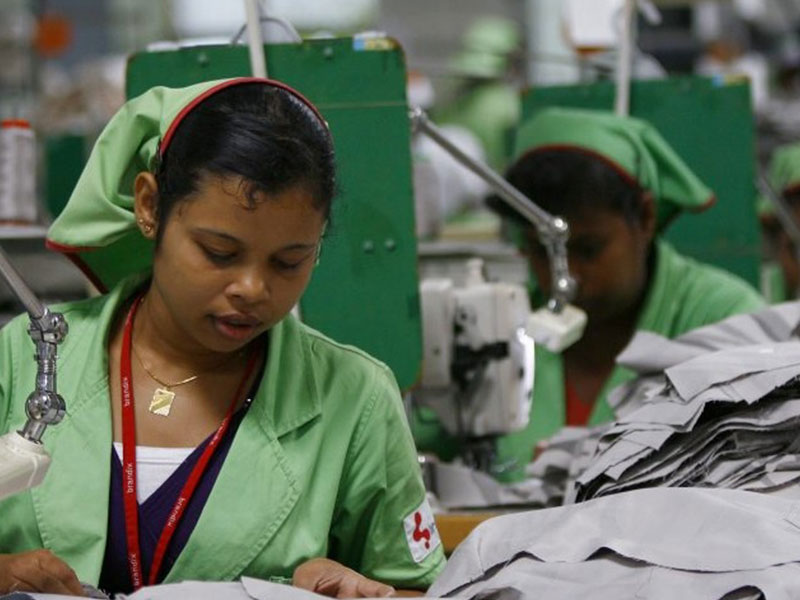The low female labour force participation rate in Sri Lanka is a major obstacle to the country’s economic development. Women make up half of the population, and their full participation in the workforce would boost economic growth and create jobs.
Factors Contributing to Low Female Labor Force Participation
There are a number of factors that contribute to the low female labour force participation rate in Sri Lanka. These include:
The burden of care responsibilities: Women in Sri Lanka bear a disproportionate share of care responsibilities, such as childcare and eldercare.
This can make it difficult for them to participate in the labor force, especially if they do not have access to affordable and reliable childcare.
Legal barriers: There are a number of legal barriers that discourage women from participating in the labor force, such as restrictions on nighttime work and the lack of recognition for part-time employment. These barriers need to be removed to create a more level playing field for women.
Lack of social infrastructure: The lack of quality and affordable childcare, as well as comprehensive parental leave policies, makes it difficult for women to participate in the labour force. The government needs to invest in these social infrastructures to make it easier for women to balance work and family responsibilities.
Skill mismatch: The education system in Sri Lanka does not adequately prepare graduates with the skills required by the job market. This leads to high levels of unemployment, especially among women. The government needs to reform the education system to ensure that graduates are equipped with the skills they need to succeed in the workforce.
Gender stereotypes: Gender stereotypes about women’s roles in society discourage many women from participating in the labour force. The government and other stakeholders need to challenge these stereotypes and promote gender equality.
Policy Recommendations
The good news is that there are a number of things that can be done to improve female labor force participation in Sri Lanka.
These include:
Reform the legal framework: The government should amend the laws that restrict women’s employment, such as the Night Work Prohibition Act of 1954. It should also introduce legislation that recognizes part-time work and provides equal benefits for part-time and full-time workers.
Invest in social infrastructure: The government should invest in quality and affordable childcare, as well as comprehensive parental leave policies. This would make it easier for women to balance work and family responsibilities.
Reform the education system: The government should reform the education system to ensure that graduates are equipped with the skills required by the job market. This includes providing more vocational training and apprenticeship opportunities.
Challenge gender stereotypes: The government and other stakeholders should challenge gender stereotypes about women’s roles in society. This could be done through public awareness campaigns, education programs, and workplace initiatives.
Conclusion
By implementing these recommendations, the government can help to create a more equitable and inclusive labour market that benefits all Sri Lankans. Unlocking the potential of Sri Lanka’s women would be a major step towards achieving this goal.







